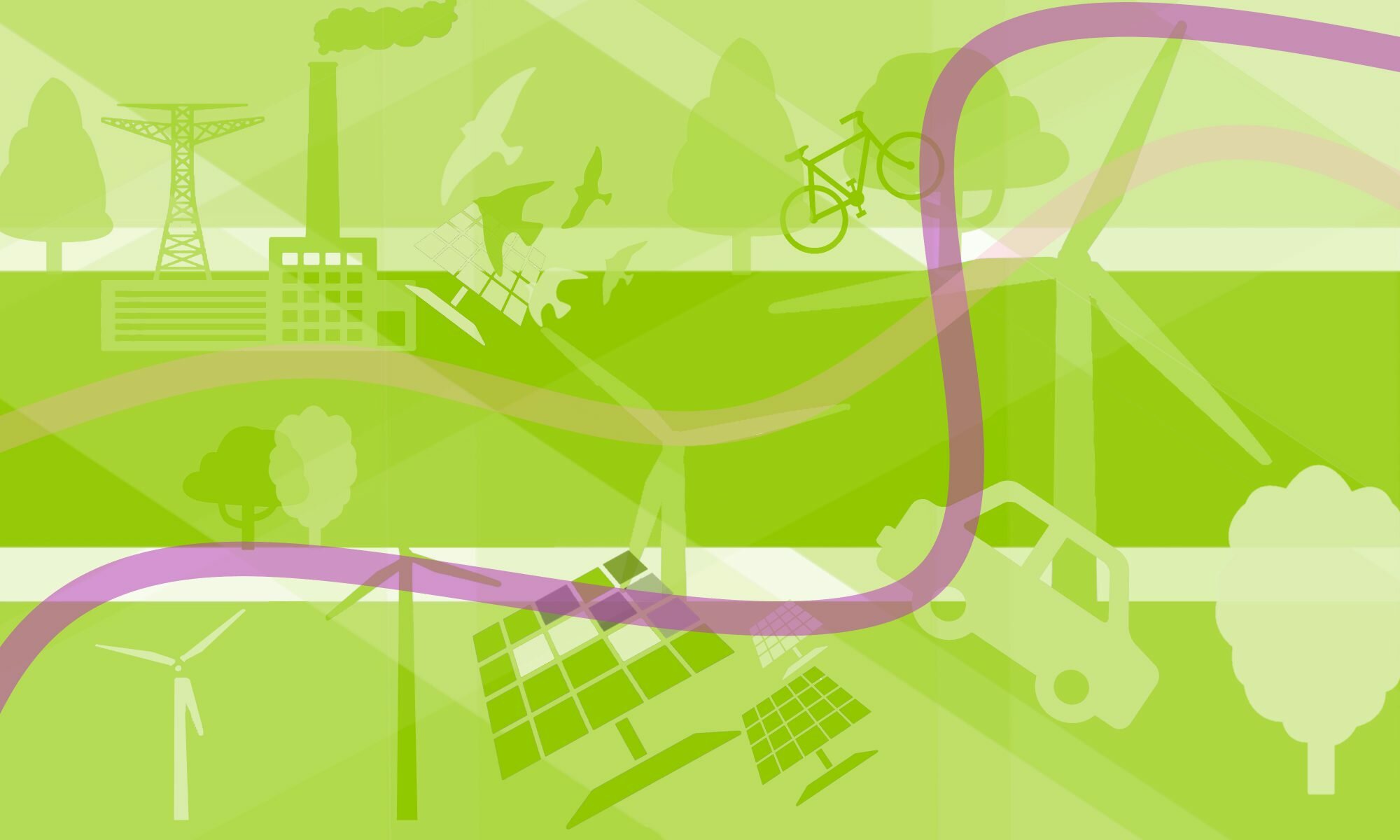Energy Transitions in Afghanistan
Afghanistan has one of the lowest rates of access to and usage of electricity in the world (World Bank, 2016a). Solid fuels (i.e. traditional biomass and coal) are the dominant sources of energy both in rural and in urban areas. Fuelwood, charcoal, agricultural waste, and animal dung are used to meet energy needs for cooking and heating. In 2013-2014, 95.1% of the national population used solid fuels for heating and 75.9% for cooking. The use of solid fuels points to an urban and rural gap with 90.7% of the rural population using these fuels for cooking and 97.7% for heating while 27.2% in urban areas use solid fuels for cooking and 90.0% for heating (CSO, 2016). A large percentage of the population also use kerosene, candles, and gas for lighting.
Demand for energy has grown twice the rate of economic growth during 2005-2012 (ADB, 2015). A percentage of the growing demand is met; since 2001, noticeable progress has been made in transitioning to modern forms of energy. Access to electricity has increased from 6% in 2002 to 30% in 2015 (World Bank, 2016b). Thousands of small-scale renewable energy projects have been implemented in rural areas (MEW, 2017). A policy and regulatory framework for the sector is taking shape as several key documents including laws, strategies, and policies have been developed. They include Electrical Energy Services Regulating Law, Afghanistan Power Sector Master Plan, Renewable Energy Policy, and National Energy Supply Program. Several other important documents such as the National Energy Policy, Gas Development Master Plan (2015-2035), Renewable Energy Roadmap, and Rural Renewable Energy Framework are under development (Ershad, 2016; ICE, 2016). There are diverse stakeholders in the energy sector of Afghanistan including five ministries, five key development partners, representatives of private sector and civil society organizations. Aid agencies, especially, have contributed billions of U.S. dollars and technical assistance (SIGAR, 2016).
Energy transitions and the energy sector in Afghanistan remain under-researched. There are few studies that have analyzed the progress of the Afghan energy sector development since the fall of the Taliban regime in 2001 (Anwarzai & Nagasaka, 2016; Ershad, 2017; Ershad, Brecha, & Hallinan, 2016). The role of actors (especially aid agencies and the government), the governance of the sector, technology development (or in the case of Afghanistan, technology transfer, as the capacity in the country is currently too low to develop technologies), and the transition to a new energy system remain under-researched. This research aims to provide insight into the energy transitions in Afghanistan using existing literature on socio-technical transitions, political economy, technology transfer, and the role of aid agencies in developing countries and primary data through expert interviews.
- Energy Transitions
- Energy Policy
- Socio-technical Transitions
- Sustainability Transitions
- Energy Imaginaries
- Geopolitics of Energy
- Technology Transfer
since 2018
PhD student at Leuphana Universität, Lüneburg, Germany
2014-2017
MA in Public Economics, Law and Politics, Leuphana Universität,
Lüneburg, Germany
2008-2011
Bachelor of Business Administration (BBA), Goa University,
Goa, India
Fahimi, A. and Upham, P. 2018:
“The renewable energy sector in Afghanistan: Policy and potential”, WIREs Energy and Environment, DOI: 10.1002/wene.280.
- Network for Early career researchers in Sustainability Transitions (NEST)
- Cluster Transformationsforschung der Heinrich-Böll-Stiftung

